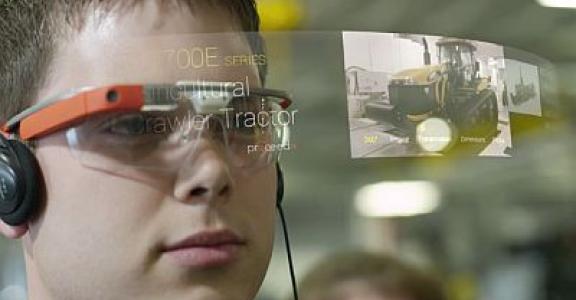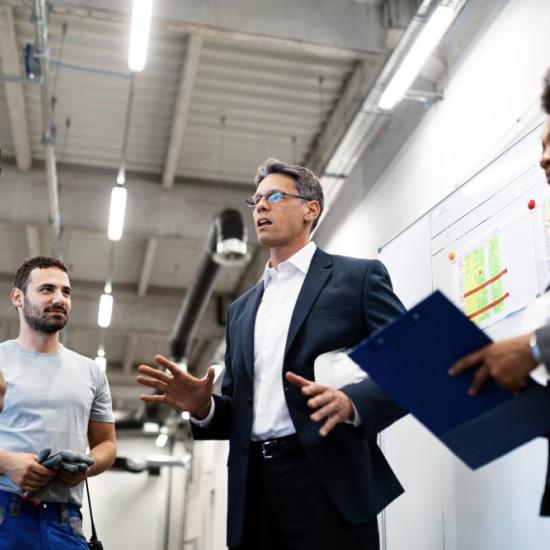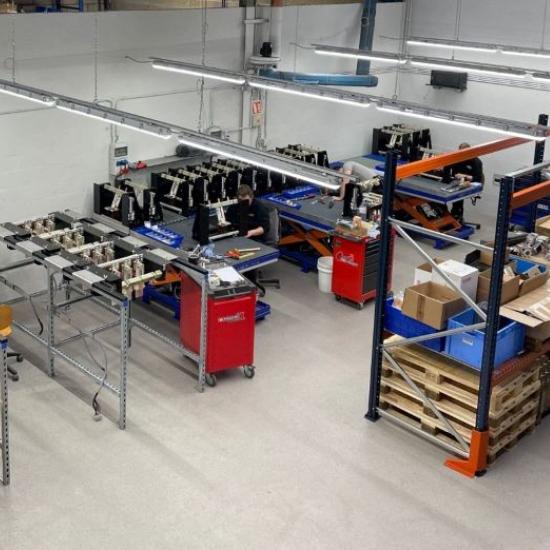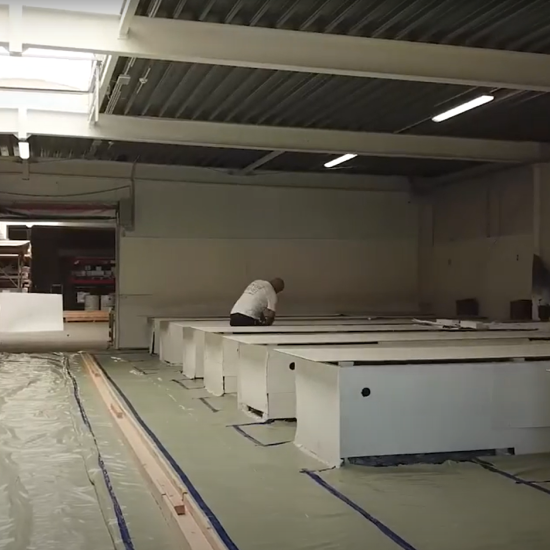The production team of the US agricultural machinery manufacturer AGCO uses Google Glass to evaluate finished products before they are sent to distributors for sale. This wearable technology allows the quality team to perform thorough inspections of tractors and, in addition, to not only improve safety standards and the documentation of checklists but also to raise throughput and prevent problems.
In this use of wearable technology in quality control, voice-activated commands and eye movements become everyday tools. On top of the efficiencies that voice and eye movement add to the process, quality technicians no longer need to carry their equipment during their operations, enabling them to conduct inspections hands-free and to concentrate on safety. The checklists used for the work, are now "smart" - they follow the model specifications and provide instruction diagrams while providing text evidence to support the answers and follow-up actions of the technician. Each item on the checklist asks for an action and provides a level of detail that makes on-the-job training possible for new employees, even when newly-released model specifications are involved.
Find out more about how AGCO wearable technology is used in this video.
SaaS-based platform
To make Google Glass usable for all sorts of processes within the sector, specific software platforms can be used. As a result, the Ghent-based Proceedix company developed an eponymous Software as a Service-based central platform for managing operating procedures and instructions in a user-friendly way. In this way, the procedures can be managed any time and anywhere, whether on a smartphone or tablet or by using wearable devices such as Google Glass.
Direct access to information
The use of a high-tech tool like Google Glass meets some contemporary needs. Companies are developing new technologies all the time - in the case of AGCO these are to help farmers increase their yields, which increases the complexity involved in producing the machines. At the same time, the world has a constant shortage of skilled production workers. Wearable technology offers a solution for both these needs thanks to instant access it offers to instructions and information.
The future of wearable technology
To evaluate the use of these technologies and to develop them further, Sirris will carry out collaborative research with industry at its new location in Kortrijk, where its use in different processes and for different tasks will be investigated. For this, the site has laboratories that include a demonstration facility for production automation.
These spaces will be inaugurated with a celebration on 3 March 2016. Would you like to be there? Then register now!
(Source photo: https://proceedix.com/data/testimonial-agco.pdf)




